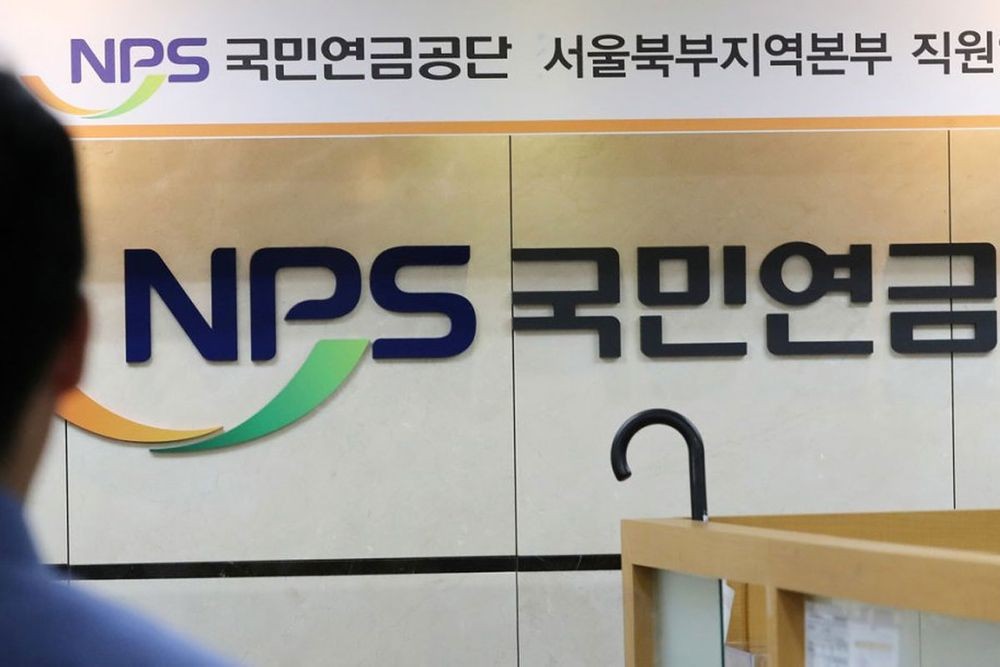South Korea Tackles Military Pension Crisis Head-On
Ministry of Defense Orders Research Services
Direction of Military Pension System Development
Military Pension Amount Decreases

The South Korean Ministry of Defense is expected to address the military pension system, which has been running a deficit for over 50 years. Now, government finance is being funded. This move is seen as an attempt to respond to social demands to improve the fairness between the National Pension and the Military Pension. It appears that they will make a choice considering fairness while acknowledging the uniqueness of military service. Concerns have also been raised about the possibility of a worsening military pension system.
According to the Defense Procurement Agency Management Information System, on the 24th, the Ministry of Defense ordered a service on the 18th to determine the development direction of the military pension system.
The Ministry of Defense explained that the project’s purpose is to establish a rational alternative to the demands surrounding the future military pension, in line with the government’s push for public pension reform, a national and social trend.

The research service on the military pension will be carried out for seven months, and the Ministry of Defense plans to develop a direction for the military pension system that reflects the results within this year.
During this research service period, discussions will be held on comparing the military pension and the national and public pensions, the development direction of the military pension system, and its current status and characteristics. It is speculated that an expert appointed by the Ministry of Defense will provide advice from time to time during the research period.
On the 12th, the Public Opinion Committee under the Special Committee on Pension Reform of the National Assembly included improving fairness among National Pension, Public Officials, Military, and Private School Pension subscribers to the public agenda.
This is to ask for the opinion of the citizens, as the monthly average pension amount for the three direct pension recipients, including public officials, military, and private school pensions, is between $1,680 – $2,520 as of 2022. Still, the monthly average pension amount for National Pension recipients is only $488, leading to criticism that the National Pension is relatively unfair compared to other pensions.

The insurance premium rate for the pension for a public official is 18%, and the military retirement is 14%, which is significantly different from the 9% insurance premium rate of the National Pension. The payout rate is 1.7% for the public pension and 1.9% for the military retirement, compared to the 1% payout rate of the National Pension, which shows that the National Pension’s payout rate is lower.
Special Occupation Retirement Pension, including the military pension, pays more and receives more compared to the National Pension. However, the structure of the military pension allows for immediate pension receipt from the month following discharge after 19 years and 6 months of service, so it has been confirmed that the period of receipt is longer than that of the National Pension, which is based on 63 years of age.
This structure has led the military pension to record a deficit since 1973, ten years after its introduction in 1963. Subsequently, in 1977, the military pension fund was completely exhausted, as seen in the 2023-2027 National Financial Operation Plan submitted to the National Assembly by the Ministry of Strategy and Finance last year. It is expected that $15.8 billion will be injected into the military pension during this period.
Since the Ministry of Defense announced its order of research services for the military pension system, some have speculated that the amount of military pension received will likely decrease.

Among military officials, it has been reported that there are mentions of plans such as paying only a portion of the pension paid from the month following discharge until the start of the general public’s National Pension, gradually lowering the current payout rate of 1.9%, and raising the start age of payment to match the start of the National Pension in phase.
The military authorities have revealed that they hope to set the military pension at a level similar to the current one. They insist on considering fairness when the government reconsiders, saying military personnel are excluded from basic pension benefits and cannot join the National Pension, so they have to rely solely on the military pension for old-age income. It can be interpreted that there is a concern that the fairness of military personnel may decrease from this revision if its purpose is to match the pension fairness between military personnel and the general public.
A person interested said, “The military pension system is not only a guarantee for the old age of professional soldiers, but also a security cost for maintaining the military organization and ensuring national security when there is a decrease in the support rate for junior officers and an increase in the discharge of active-duty soldiers.”

In fact, in the case of major foreign countries’ military pension systems, it seems that the state contributes in full or bears more burden. In other major countries, the state contributes fully or bears more in military pension systems.
In the United States, federal government employees and military personnel join the federal pension program to receive old-age benefits, and it is known that the state bears the total amount of the military pension.
Japan, a country close to ours, knowingly has a much higher government burden rate for military pensions than ours. In addition, it is known that retired military personnel in Japan are eligible for basic pension benefits.
Regarding this, the experts strongly insist on the necessity of preparing a competitive reform plan that considers the military’s sustainability rather than just the financial issues.

Meanwhile, when the military pension was introduced, it started with a personal contribution of 3.5% and a national burden of 2.3%. In 1970, the personal contribution was raised to 5.5%, but in 1973, the pension balance turned into a deficit of $252,000.
In the 1990s, personal contribution was raised to 7%, and in the 2000s, personal contribution was adjusted upward to 8.5% due to the overlap of the IMF crisis.
Since 2014, the personal contribution has been adjusted to 7%, and it continues to this day. What should be considered here is that the contribution and pension calculation basis wages were changed from the wage month to the standard income month from 2013.
The contribution burden rate was increased to 7% of the standard income month, and when calculating the pension, it was applied based on the average standard income month for the entire period, not the average wage month for the last three years.















Most Commented